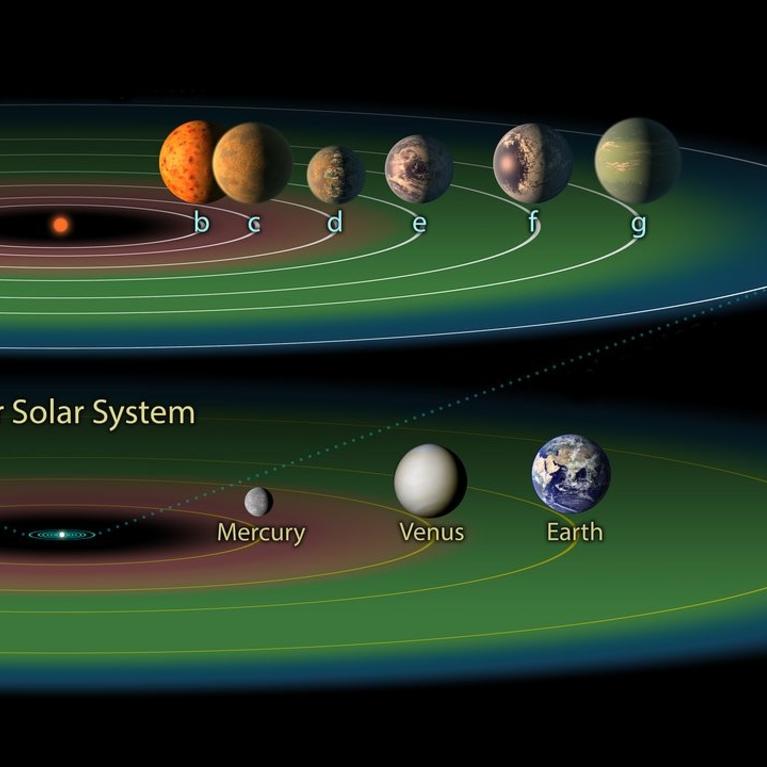Content Marked with: Stephen Kane

Why Jupiter doesn’t have rings like Saturn
"Because it’s bigger, Jupiter ought to have larger, more spectacular rings than Saturn has. But new UC Riverside research shows Jupiter’s massive moons prevent that vision from lighting up the night sky. “It’s long bothered me why Jupiter doesn’t have even more amazing rings that would put Saturn’s to shame,” said UCR astrophysicist Stephen Kane...

Why Venus rotates, slowly, despite sun’s powerful grip
"If not for the soupy, fast-moving atmosphere on Venus, Earth’s sister planet would likely not rotate. Instead, Venus would be locked in place, always facing the sun the way the same side of the moon always faces Earth. The gravity of a large object in space can keep a smaller object from spinning, a phenomenon...

How the Webb telescope could ultimately help protect Earth
The James Webb Space Telescope, the most complex and expensive space laboratory ever created, is less than two weeks away from its ultimate destination a million miles from Earth. Once it arrives, it will send information about parts of space and time never seen before. It will also send previously unattainable information about parts of...

UCR joins forces with NASA on missions to Venus
"By joining NASA on its newly announced missions, UC Riverside is hoping to learn how Venus went from pleasant, Earth-like planet to blistering wasteland."

Project illuminates where giant exoplanets reside
"Astronomers have long wondered whether the configuration of planets in our solar system is common elsewhere in the universe. New results from the longest-running survey of exoplanets helps answer this question."

Newly discovered planet survived the death of its star
An international team of astronomers has reported what may be the first example of an intact planet closely orbiting a white dwarf, a dense leftover of a sun-like star that’s only 40% bigger than Earth. The discovery is unique because stars usually destroy nearby planets as they begin to die. “We know of many white...

Surprising number of exoplanets could host life
Our solar system has one habitable planet — Earth. A new study shows other stars could have as many as seven Earth-like planets in the absence of a gas giant like Jupiter. This is the conclusion of a study led by UC Riverside astrobiologist Stephen Kane published this week in the Astronomical Journal. The search...

Newly discovered planet zips around baby star in a week
Understanding how planets form is one of the main challenges scientists face when placing our own and other planetary systems in context. Planets are thought to form from the disk-shaped clouds of gas and dust that surround newborn stars, but this process has never been observed. Astronomers normally only observe planets after they have already...

The most spectacular celestial vision you’ll never see
Contrary to previous thought, a gigantic planet in wild orbit does not preclude the presence of an Earth-like planet in the same solar system – or life on that planet. What’s more, the view from that Earth-like planet as its giant neighbor moves past would be unlike anything it is possible to view in our...

NASA’s TESS mission finds ‘missing link’ planets
NASA’s newest planet-hunting satellite has discovered a type of planet missing from our own solar system. Launched in 2018, the Transiting Exoplanet Survey Satellite, or TESS, has found three new worlds around a neighboring star. Stephen Kane, a UC Riverside associate professor of planetary astrophysics, says the new star system, called TESS Object of Interest...
Let us help you with your search